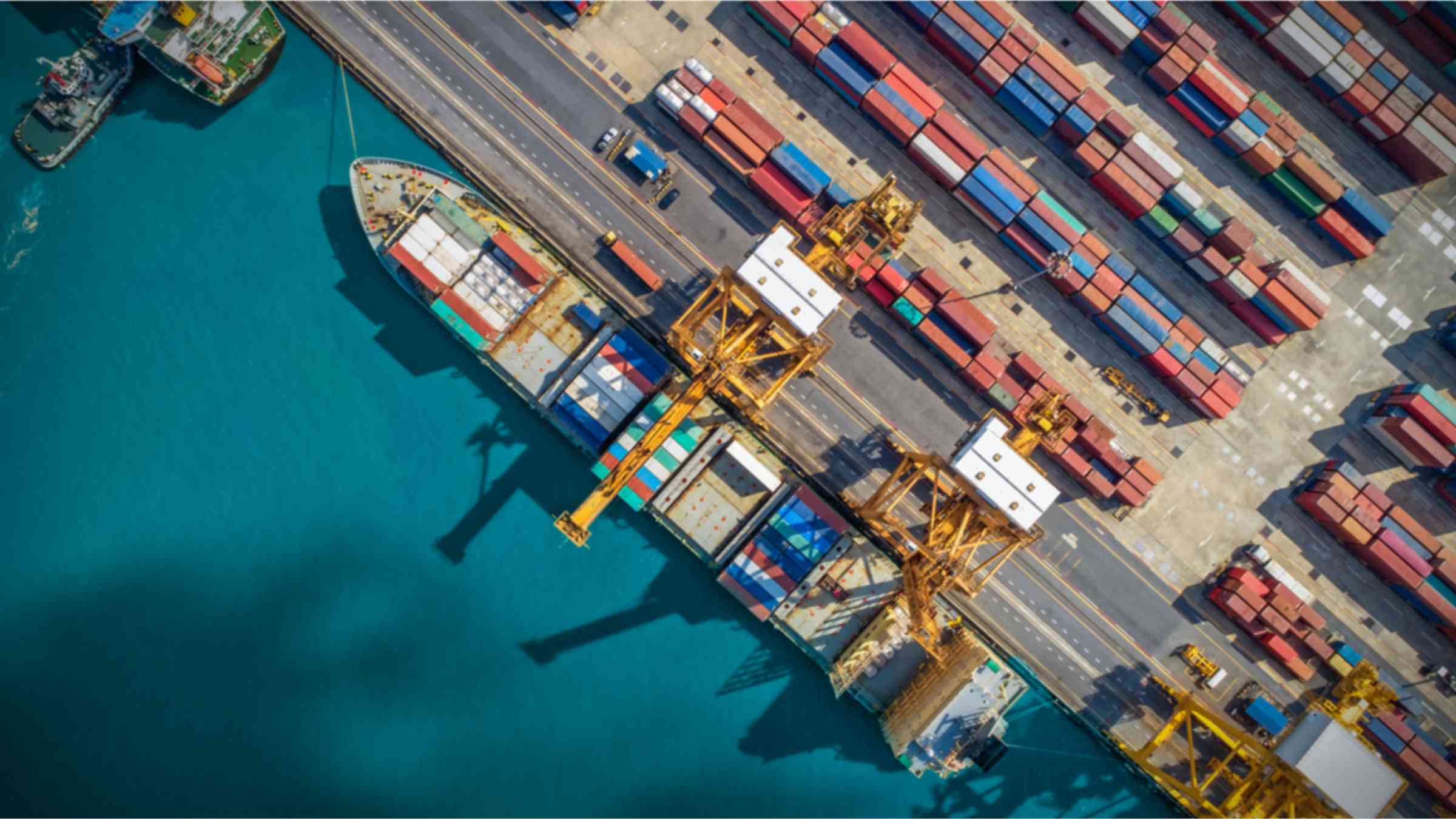From Panama to Suez and the Turkish Straits: The cost of climate change for international trade

The cost of climate change on three key chokepoints for international trade could reach up to 34 billion USD in 2030.
A new study led by the CMCC also highlights the possible effects on production and prices of agricultural commodities.
Global trade relies on maritime routes, which pass through key chokepoints, for smooth and timely shipments. Analyzing how climate change will impact these key areas for global trade, and hence both national and global economies, is an area of concern when assessing the adaptation measures, particularly in the context of the unequal distribution of climate change impacts on agriculture.
A new study, involving an international team coordinated by CMCC researcher Ramón Key, looks at the potential macro-economic effects of climate change affecting operations in three maritime chokepoints, namely the Panama Canal, the Suez Canal, and the Turkish Straits.
By looking specifically at agricultural commodities and using a combination of models, among which a "logistics" model of maritime trade flows, the study predicts the direction of changes in the main economic variables under scrutiny with similar results across models.
Most notably, climate change was shown to affect chokepoints' operations with effects on production and prices of agricultural commodities that in turn brought a downturn in global GDP. In fact, the study found that although trade re-composition generates winners and losers, total losses tend to prevail and could reach 34 billion USD (2014 prices) in 2030.
"Given the importance of trade on agricultural commodities as an adaptation mechanism, the interest in the subject continues. Now we are looking at measuring the simultaneous effects of climate change events affecting the chokepoints, and the production of agricultural commodities around the world," says Key.
Weather events in remote locations, such as the Panama Canal, could have cascading effects on the EU, with potential losses of 2 billion USD in GDP. And perhaps of even more concern is the impact on mid- and low- income countries, with the study showing that North Africa, the Middle East and Sub-Saharan Africa are even more vulnerable to these effects, once again highlighting the asymmetry and unequal distribution of impacts of climate change on agriculture.
As the frequency and intensity of extreme events continues to rise, the need for further adaptation measures by the authorities managing the chokepoints is therefore recommended, with the paper suggesting that these should include investments in monitoring and control systems as well as the infrastructure of the chokepoints.